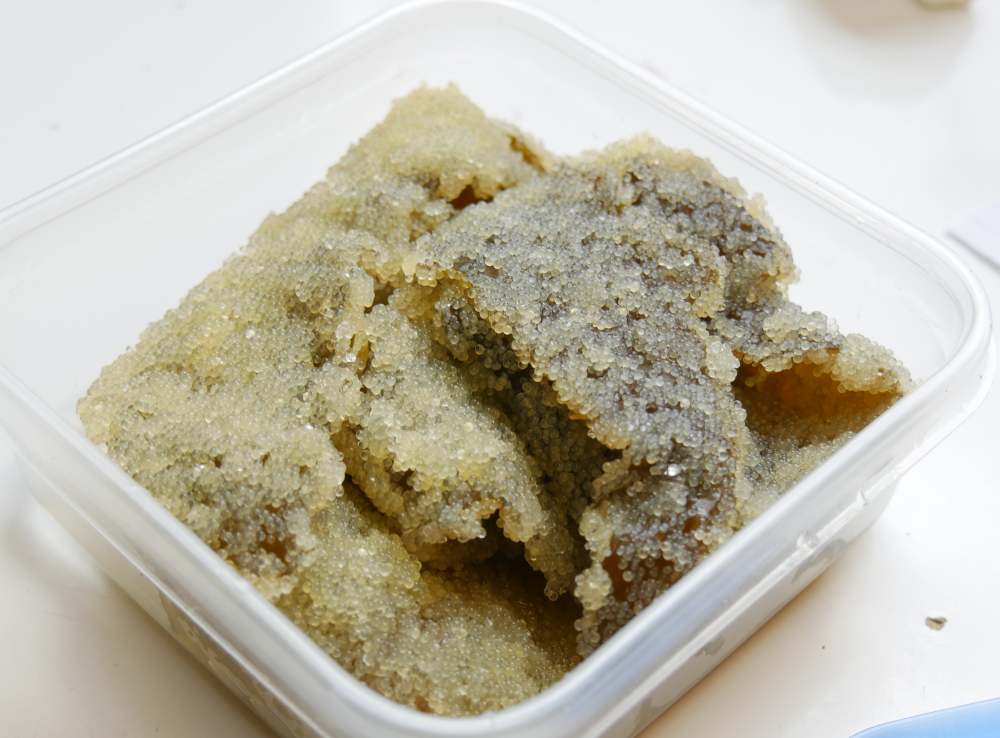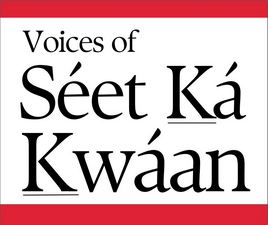
Southeast Alaska’s other commercial fishery for herring eggs closed out the month of March still waiting for the fish to lay their eggs.
A spawn on kelp fishery near Craig and Klawock on Prince of Wales Island opened March 17th. The Alaska Department of Fish and Game reported no spawn there by March 31st.
Herring typically spawn in mid-March to early April. Fishermen catch the herring and place them in floating pens called pounds. The fish lay their eggs on kelp fronds that have been placed in those pounds. The herring are released after they spawn and the seaweed and fish eggs are harvested.
Bo Meredith, the Alaska Department of Fish and Game’s area management biologist for commercial fisheries in Ketchikan, expects spawning could start soon.
“There is some herring moving through the pounding area where the guys can fish,” Meredith said. But they’re not sticking and staying, they’re just kind of passing through, they’re still, whales and sea lions are still moving around the area, they’re not holed up in one place suggesting that they fish are ready to push to the beach yet.”
The department reported around 65 pound structures on the fishing grounds this year but fishermen had not yet put any herring in pounds before the end of March.
Effort level is down a little this year possibly because of a lower price. In 2021, 139 permit holders harvested 262 tons of eggs on kelp. The ex-vessel value for the fishery has been as high as 3.3 million dollars in recent years but dropped to $2,150,000 last year with a lower price paid for the product ($4.77 a pound). Last year was the highest ever guideline harvest level based on a large forecast for the herring returning to that area.
The increase in herring stocks is attributed to high numbers of fish born in 2016. Meredith said those fish have been boosting population estimates since they showed up as three year olds in 2019 in Southeast and elsewhere.
“We saw it not just in Craig, but in Sitka, in Prince William Sound, in Kodiak, in Togiak,” he said. “So it was kind of a Gulf of Alaska-wide phenomenon on the outer coastal stocks. And then in 2020 we again saw those fish as four year olds. And then in 2021, we saw those fish as five year olds. So this year’s prediction is going to be predominately age six fish as long as the survival is good and they come back, right?”
This year’s guideline harvest level is down from last year’s high but fishermen are still at their maximum allowance for kelp that can be placed in floating pounds.
Managers have been flying aerial surveys and providing regular updates. Fish and Game has an online interactive map showing observations of herring, spawn and predators from those surveys.











